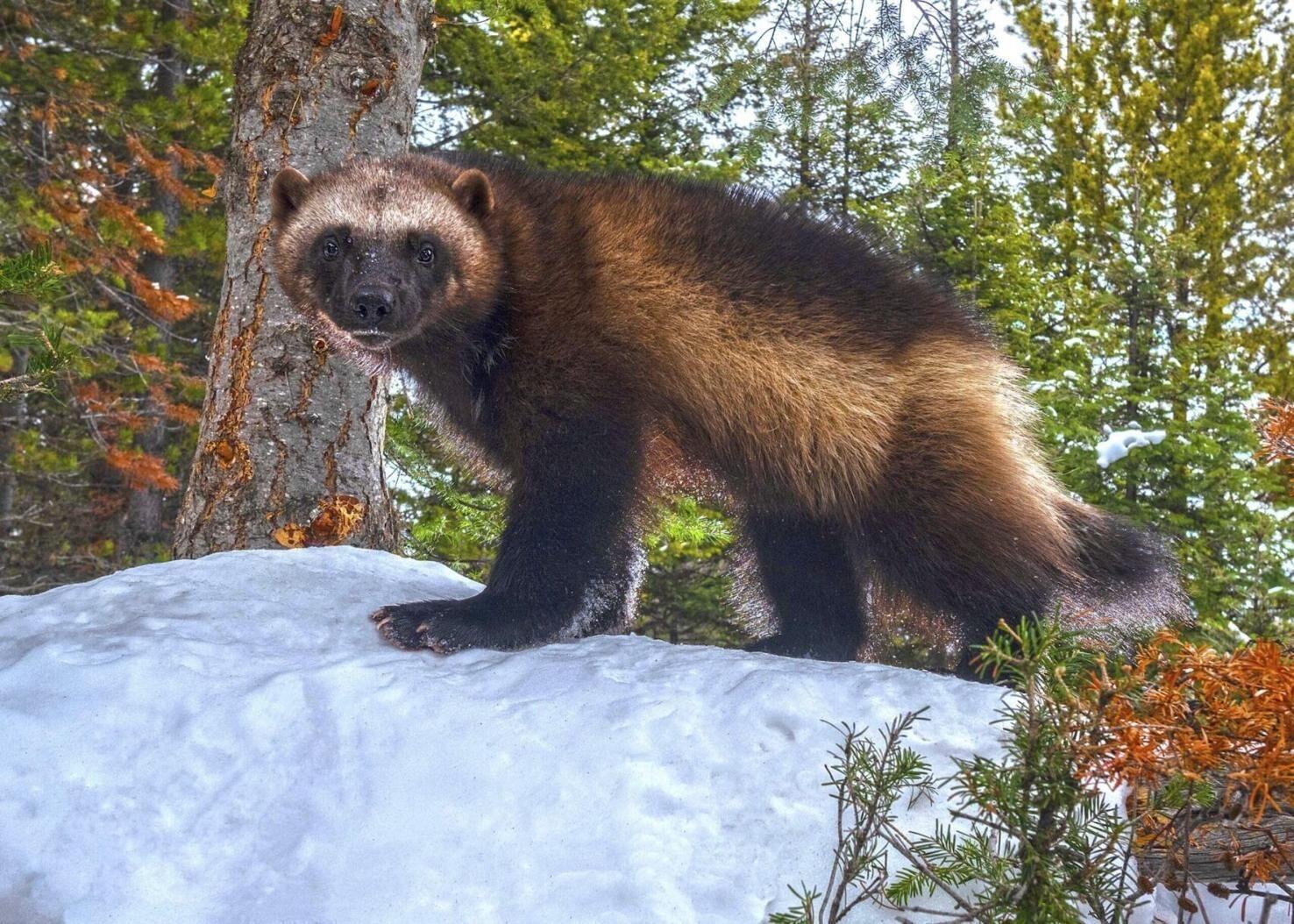The right way to restore a species | Denver Gazette

No wildlife biologists or credentialed experts in related fields serve on The Gazette’s editorial board. And they are few and far between among the general public in Colorado, as well.
That’s the top reason we opposed Proposition 114, introducing gray wolves into Colorado’s wilds. It’s also why we have continued to take a dim view of it since it passed by a hair’s breadth on the 2020 statewide ballot. The measure asked the public to make a wild guess on arcane policies that should be the call of our state’s science-informed wildlife commission.
Stay up to speed: Sign up for daily opinion in your inbox Monday-Friday
Though the measure was approved by only the slimmest of margins, it won the overwhelming support of voters in some urban and suburban Front Range counties – where most residents only have seen wolves on Animal Planet. Few of them had to make ends meet as financially strapped ranchers whose livestock would become wolves’ prey.
Livestock, we might add, that lands on a lot of those same Front Range voters’ dinner tables.
In other words, critics who denounced Prop. 114 as “ballot box biology” were spot-on. The catchphrase underscored the folly of expecting voters to engage in wildlife micromanagement.
By contrast, a proposal under consideration in the Legislature reflects the right way to launch a comeback for a species in our state.
Senate Bill 24-171 authorizes the reintroduction of the North American wolverine, a member of the weasel family that once thrived in Colorado’s high-altitude, snowy regions.
In 2023, it was designated a threatened species, with about 300 to 400 remaining in the lower 48 states. Hunting and trapping had ended the wolverine’s days in our state a century ago.
For starters, of course wolverines aren’t wolves – not even close – and pose little threat to livestock or humans. So, their reintroduction isn’t likely to cause calamity the way wolves will now that their release, begun in December, is underway.
More fundamentally, though, the bill isn’t a ballot issue. So it doesn’t shove voters off a cliff and into the deep end the way Prop. 114 did. Instead, it authorizes a proposal that has the support of the state’s wildlife managers, and the bill leaves it to them to fill in the blanks in the policy.
“This is not ballot-box biology,” said Sen. Dylan Roberts, D-Frisco, a prime sponsor of the bill. “This is well-reasoned, scientific wildlife management. Unlike the wolf reintroduction, this plan was approved by the Parks and Wildlife Commission. By working with the Parks and Wildlife department, with the Department of Natural Resources, with the biologists, we are doing this in a scientific way.”
Roberts has been critical of the wolf reintroduction as it was wrought by Prop. 114, and he has served as a voice of reason on the subject among his fellow ruling Democrats. In part, that means listening to key stakeholders like the state’s livestock producers, rather than tuning them out as did the authors of wolf reintroduction.
None of which is to presume to know with certainty that wolverine reintroduction will restore ecological balance to Colorado’s wildlife mix, or that it even is advisable – any more or less than is the case with wolves. Rather, it’s that science, not public sentiment, should decide whether to reintroduce either species or any other.
That approach still leaves plenty of other issues for voters to decide on the statewide ballot – issues they are eminently qualified to address. You know, like taxes.
Denver Gazette Editorial Board














